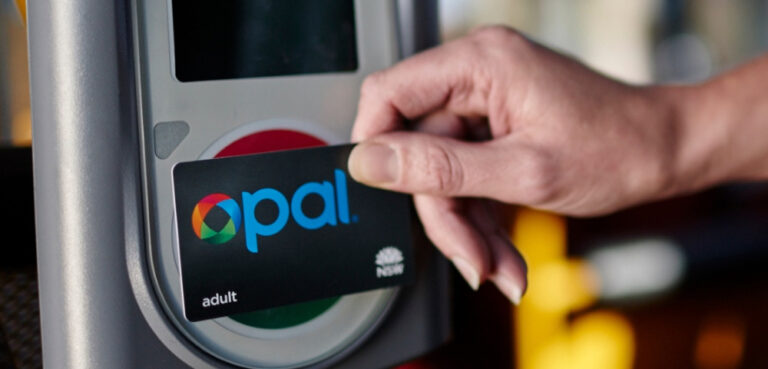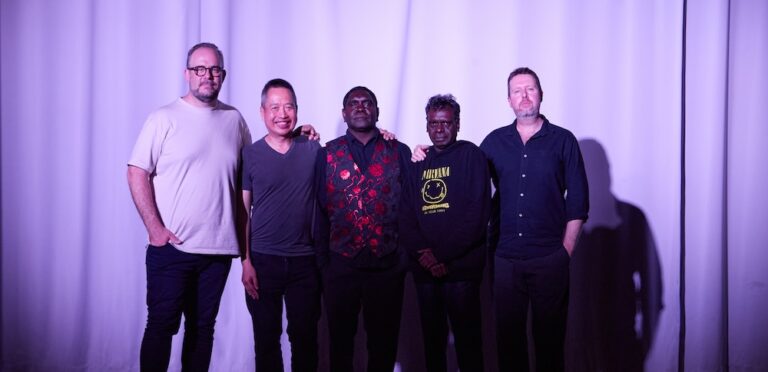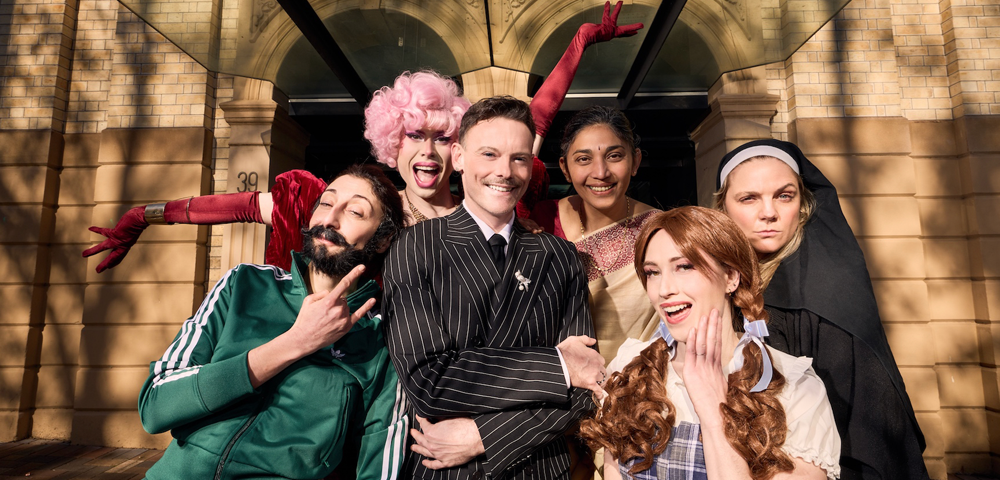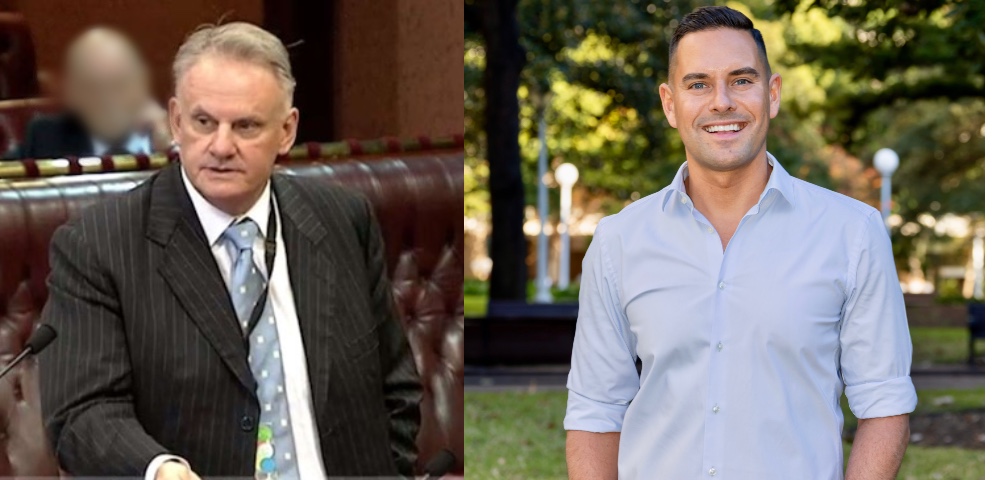
Sydney traffic 60 years out of date

BY MICK DALEY
Readers of NSW Government press releases and the Murdoch press might be forgiven for thinking that Sydney’s road transport system is state of the art and functioning superbly. Bureaucratic prolix has been running hot as new projects are mooted and sometimes as swiftly shut down, including the projected folly of the $1.5bn new stadiums.
Transport NSW boasts of employing state of the art infrastructure and roads planning, despite such bungles as buying trains too wide for existing tunnels. Its latest press release claims;
“Right now we’re delivering the largest transport infrastructure program this nation has ever seen – $41.5 billion of investment for game-changing projects like Sydney Metro and Sydney Light Rail that will shape our cities, centres and communities for generations to come.”
Premier Berejiklian has staunchly defended her expansion of Westconnex and the Western Sydney City Deal, enabling transport to the fabled Second Airport. On such exciting gambits as the Opal Card the Premier has waxed lyrical;
“Now in 2018, Opal geographically is the world’s largest electronic ticketing system, covering 40,000 square kilometres, 310 train stations, 44 wharves, 23 light rail stops and 39,599 bus stops.”
That’s a small blip on the Coalition’s continued insistence of promoting roads as opposed to public transport, despite such negative press as say, global warming. This is despite the warning of experts who claim this agenda could be as foolish and short-sighted a plan as the federal Government’s plan to eradicate carp with herpes.
A new report by Sydney University’s Professor and Chair in Transport Modelling, Dr Michiel Bliemer says that the modelling used by the State Government to plan its transport infrastructure is 60 years out of date. That places it back in the era of FJ Holdens, the Federal front bench and the first wave of Sydney trams. Picture them next time you’re stuck in traffic.
Bliemer asserts that the government is fully aware of its obsolescent planning, but refuses to admit it.
“The models that are being used today are based on the same assumptions that we made in the 1950s when there was virtually no congestion,” said Dr Bliemer. “These models still assume that congestion is very light and that queues are unlikely to form anywhere in the network.”
“It’s a bit like going to the supermarket. The 1950’s model assumes that there are always enough checkouts and that queues will never form. When it comes to our roads, that kind of assumption is no longer valid, especially in Sydney where we have a lot of congestion that impacts on travelling times and that cannot be predicted by the old model.”
He says that it shows an ‘unrealistic’ grasp of the problems facing Sydney’s huge and complex traffic problems.
“We have to be able to model the movements of four million people all at once. We need to know how many are moving from home to work or going shopping every single day. The model needs to predict how many people are using a single road and the travel times they face.”
Bliemer has previously pointed out such startling facts as; “Unfortunately, cars are among the most inefficient modes of transport … for each lane of 3.5 metres wide only about 2,000 people per hour are transported, compared with around 22,000 per hour for a tram and 80,000 or more per hour for a train.”
His report comes hard on the heels of a string of bad news stories for Westconnex, the massive $16 billion road transport overhaul that has displaced, disrupted and profoundly upset many Sydneysiders.
Last week the Supreme Court ruled against the compulsory acquisition of land belonging to the property firm Desane in Rozelle. It would have formed part of the controversial third stage of Westconnex.
The privatisation of bus services in Sydney has also been highly controversial, a storm of outrage from Eastern Suburbs commuters forcing Berejiklian to defend what she called ‘teething issues’.
Rhea Liebmann of Westconnex Action Group says that Dr Bliemer’s report confirms what opponents of the roadway have known all along.
“We’ve always had suspicions around the traffic forecasts for Westconnex. It’s been questioned on a lot of occasions but like everything else with Westconnex it appears to be secret.
“If it’s correct that the traffic modelling doesn’t take into account modern congestion, then that puts out all their other projections, but more importantly those affect the air quality measures, the local traffic projection and so on.
“The 1950s modelling that Roads and Maritime Services has used just assumes that when you put a car in at one end it comes out the other. It doesn’t allow for bank-ups around exit points, so that means there’s going to be an awful lot more traffic on the roads than expected, pumping out more air pollution and a lot more people looking to ‘rat-run’ (leave major roads and duck around side-streets, a big concern around areas in the inner West), so there’ll be more drastic impact on local roads traffic than forecast.
“There won’t be more cars paying more tolls, it will just mean cars being on the road longer, which of course will also impact on their journey time projections.”
Liebmann says that Bliemer’s report has catalysed a fresh wave of opposition to Westconnex.
“Every day we’re reading something bad about Westconnex in the way it’s starting to fall apart. We’re continuing to gear up our fight against this toxic, secretive tollway.”









